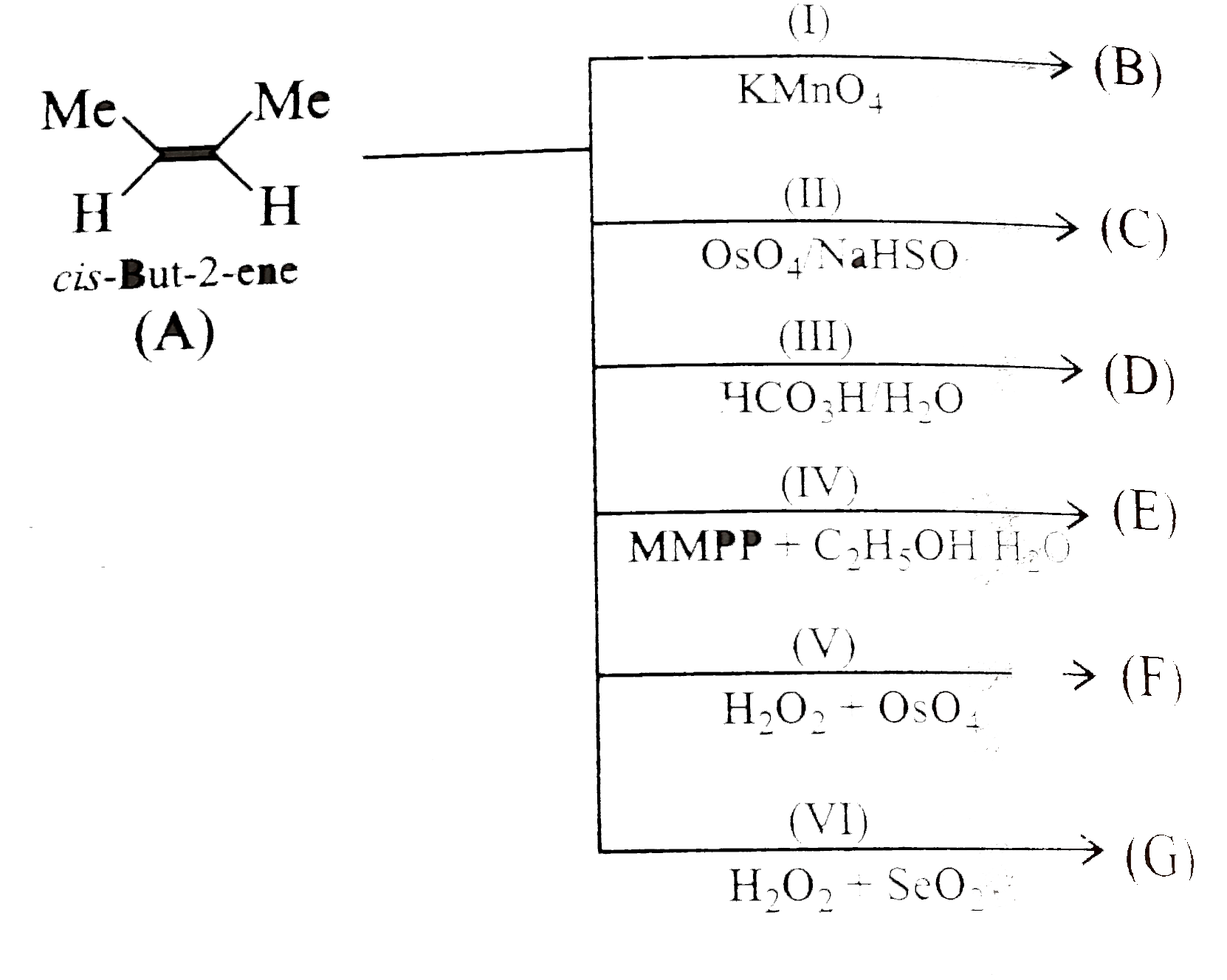Which of the following is a unimolecular reaction
2HI→H2+I2
N2O5→N2O4+1/2O2
H2+Cl2→2HCl
PCl3+Cl2→PCl5
To determine which of the given reactions is a unimolecular reaction, we need to understand the definition of unimolecular reactions. Unimolecular reactions involve only one reacting molecule, meaning that the reaction proceeds with the transformation of a single molecular entity.
1. Understand the Definition:
- A unimolecular reaction is characterized by having only one reactant molecule that undergoes a change.
2. Analyze Each Option:
- Option 1: H-I + H-I
- This reaction involves two molecules of H-I. Therefore, it is a bimolecular reaction.
- Option 2: A single molecule (for example, A → products)
- If this option presents a reaction where only one molecule is involved, then it is a unimolecular reaction.
- Option 3: H2 + Cl2
- This reaction involves two different molecules (H2 and Cl2), making it bimolecular.
- Option 4: PCl3 + Cl2
- This reaction also involves two different molecules (PCl3 and Cl2), which classifies it as bimolecular.
3. Identify the Correct Option:
- After analyzing all options, the only option that involves a single reacting molecule is Option 2. Thus, it is the unimolecular reaction.
Conclusion:
The correct answer is Option 2, which represents a unimolecular reaction.
---
- A unimolecular reaction is characterized by having only one reactant molecule that undergoes a change.
- Option 1: H-I + H-I
- This reaction involves two molecules of H-I. Therefore, it is a bimolecular reaction.
- Option 2: A single molecule (for example, A → products)
- If this option presents a reaction where only one molecule is involved, then it is a unimolecular reaction.
- Option 3: H2 + Cl2
- This reaction involves two different molecules (H2 and Cl2), making it bimolecular.
- Option 4: PCl3 + Cl2
- This reaction also involves two different molecules (PCl3 and Cl2), which classifies it as bimolecular.
- After analyzing all options, the only option that involves a single reacting molecule is Option 2. Thus, it is the unimolecular reaction.
The correct answer is Option 2, which represents a unimolecular reaction.
Similar Questions
Knowledge Check
For a unimolecular reaction
Athe molecularity and order of a reaction is oneBthe molecularity of the reaction is one while their order is zeroCtwo reacting speies are involved in the rate determining stepDthe molecularity and order of the slowest step of the reaction is euqal to oneWhich of the following is pseudo-unimolecular reaction ?
A2H2O2→2H2O+O2BC6H5Cl+HOH→C6H5OH+N2+HClCCH3COOC2H5+NaOH→CH3COONa+C2H5OHD2O3→3O3In any unimolecular reaction
AOnly one reacting species is involved in the rate determining stepBthe order and the molecularity of slowest step are equal to one.Cthe molecularity of the reaction is one and order is zero.Dboth molecularity and order of the reaction are one.
In any unimolecular reaction
View SolutionIn pseudo-unimolecular reactions :
View SolutionWhich of the following esterification reactions are unimolecular?
View SolutionWhich of the following elementary reactions is unimolecular ?
View SolutionWhich of the following esterification reactions are unimolecular ?
View Solution
